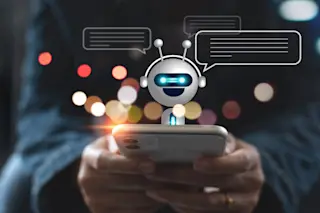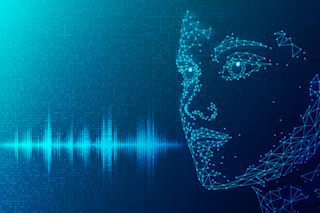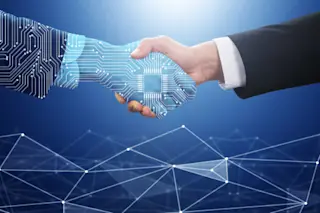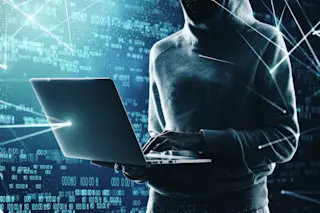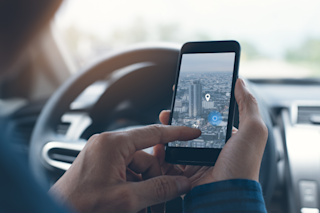(Credit: Peter Kim/shutterstock)
It’s hard to imagine a nation without an organized police force, but in truth, it’s a fairly modern invention. Crime was once handled locally, often by volunteers and by the will of the ruling power, and it was only in 1829 that the first large-scale, professional force came to be — London’s Metropolitan Police Service, created by Parliamentarian Sir Robert Peel. These police, nicknamed “peelers” or “bobbies” after their creator, wore uniforms selected to make them look more like citizens than soldiers, followed clear guiding principles and strived not only to fight crimes but also to prevent them from happening. The US followed suit less than two decades later, when the nation’s first metropolitan police department was created in New York City in 1844, based on the London model. Law enforcement has evolved a lot since then, of course. And in recent decades, information technology has emerged ...




